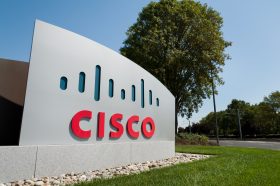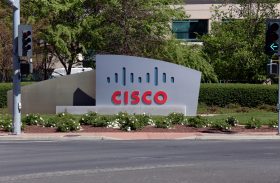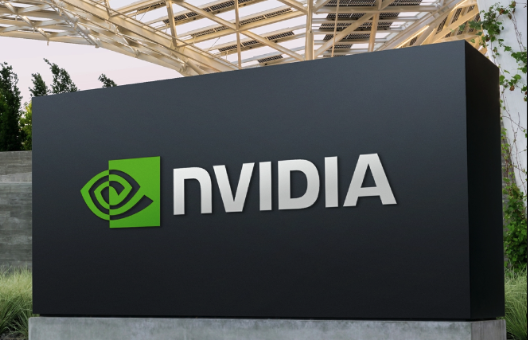Here's What Cisco Needs to Fix

[Editor’s note: this is an opinionated analysis, based on a wide range of feedback from Cisco customers, employees, and former executives. Cisco does not purchase services from Futuriom and the author has no position in the stock.]
Last week, technologists from around the world attended Cisco Live, the annual conference hosted by the market-share leader in enterprise networking, Cisco. The event was filled with hype and optimism. The irony is there was no acknowledgement of the financial facts of the matter: Cisco’s stagnant revenue growth and stock chart show the company is stuck, while other technology companies vault to new all-time highs.
Let's just put things in perspective: After its last earnings announcement, Cisco shares have fallen nearly 10%. After its AI networking announcements, shares fell again. Cisco's shares are down 10% year-to-date, in the middle of a technology bull market that has Nasdaq at all-time-highs. Cisco hasn't even regained its all-time high from 24 years ago.
More importantly, Cisco is ignoring core weaknesses in its technology portfolio while it's preoccupied by hyping itself In the hottest market—AI infrastructure. The problem is that it's not a leader in the AI networking market, where NVIDIA has the dominant position and hungry public competitors such as Arista Networks, F5, Juniper Networks—as well as startups like Arrcus, DriveNets, and Hedgehog—are building new products.
To access the rest of this article, you need a Futuriom CLOUD TRACKER PRO subscription — see below.
Access CLOUD TRACKER PRO
|
CLOUD TRACKER PRO Subscribers — Sign In |
















